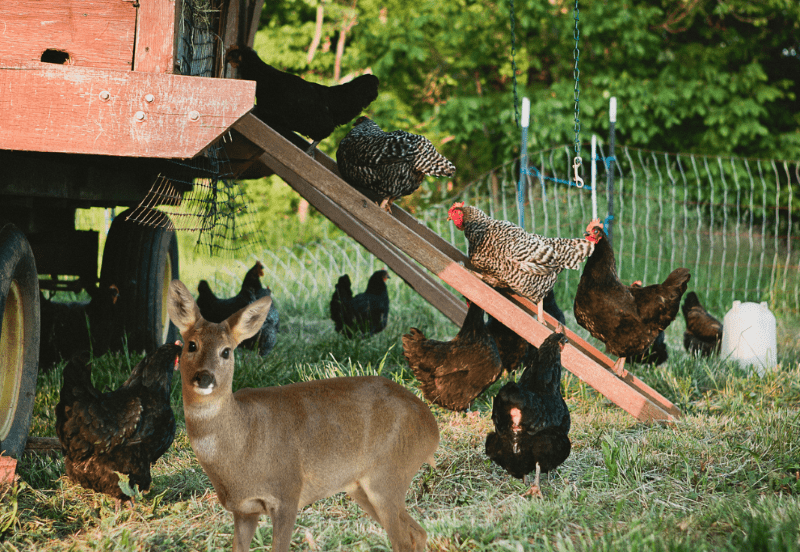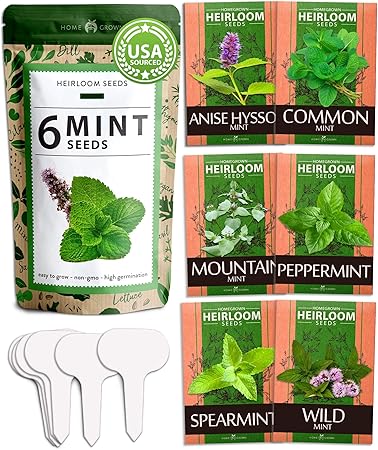Deer Proof Your Chicken Coop
Deer Proof Your Chicken Coop will give you some interesting ideas about how to deer proof your garden. Just like SUVs dominate the American landscape, keeping your chicken coop safe from deer is a top priority for many poultry owners. While common predators like foxes and raccoons are often the main concern, deer can cause substantial damage to your coop and its inhabitants. Protecting your chickens from deer may be necessary depending on your location and the presence of these large herbivores in your area. In this informative blog post, we’ll examine into the reasons why deer-proofing your chicken coop is vital and explore various strategies you can implement to ensure the safety of your feathered friends.

Key Takeaways:
- Level of Risk: Assess the risk level in your area to determine if deer proofing your chicken coop is necessary.
- Feeding Habits: Consider if deer are likely to be attracted to your chicken feed, which could lead them to your coop.
- Protective Measures: Implement measures such as fencing, netting, or scare tactics to deter deer from your chicken coop.
- Balance Needs: Find a balance between protecting your chickens from deer and allowing them access to fresh air and sunlight.
- Consult Experts: Seek advice from local wildlife authorities or experienced farmers to determine the best approach for deer proofing your chicken coop.
Assessing the Risk
You may be wondering if deer proofing your chicken coop is really necessary.
To help you make an informed decision, let’s assess the risk and understand the factors that contribute to your coop’s vulnerability.
If you’d like to learn more about the effectiveness of deer fencing during the daytime, you can check out this Is deer fence adequate daytime protection? thread on BackyardChickens forum.
Recognizing Signs of Deer Presence

Risk: One way to assess the risk of deer encounters near your coop is by recognizing signs of their presence on your property. Look for tracks, droppings, and damage to plants or fences that indicate deer activity in the area.
Evaluating Your Geographic Location
To evaluate your geographic location, consider your proximity to wooded areas, known deer habitats, and deer migration routes.
These factors can significantly increase the likelihood of deer visiting your property and potentially posing a threat to your chickens.
For instance, if you live near a forested area or along a deer migration path, you are at a higher risk of encountering deer near your chicken coop.
Deer are known to forage for food in residential areas, especially during times of food scarcity, increasing the chances of conflicts with your poultry.
Prevention Strategies
Physical Barriers and Fencing Solutions
Even the most determined deer can be thwarted by physical barriers and fencing solutions around your chicken coop. Installing a sturdy fence that is at least 8 feet high can prevent deer from jumping over and accessing your coop. Make sure to bury the fence at least a foot deep to prevent deer from digging underneath.

Alternative Deterrents and Repellents
To add an extra layer of protection, consider using alternative deterrents. Also repellents to keep deer away from your chicken coop. Scents like garlic, predator urine, or mint can deter deer from entering your property. Additionally, motion-activated lights or sprinklers can startle deer and discourage them from coming near your coop.
Barriers: While physical barriers provide direct protection, alternative deterrents and repellents offer a more versatile approach to keeping deer at bay. By combining both methods, you can create a comprehensive defense system for your chicken coop.
Feverfew Near Your Coop
Feverfe grown near the coop and around the garden will deter deer. Feverfew is deer-resistant primarily due to its strong aroma and bitter taste, which are unappealing to deer. The plant contains compounds that deter browsing, making it less attractive as a food source. Its resilience and adaptability also help it thrive even in areas where deer are present.
Coexisting with Wildlife
The Importance of Natural Harmony
Not only is it important to respect the wildlife that shares our environment, but it is also beneficial for maintaining a healthy ecosystem. By coexisting peacefully with deer and other animals, we can help restore balance to the natural world.
Creating a Deer-Resistant Garden
An imperative part of coexisting with deer is creating a deer-resistant garden. This involves selecting plants that are less appealing to deer, such as herbs, flowers with strong scents, or plants with thorns. Implementing physical barriers like fences and using deterrents can also help protect your garden.
The key to creating a successful deer-resistant garden is to diversify your plant selection and regularly rotate your crops. Deer become accustomed to certain plants, so by changing up your garden layout, you can better prevent them from becoming a nuisance.
To wrap up
Drawing together all the information, it is clear that deer proofing your chicken coop can be an important step. Protecting your chickens from potential harm is a necessary step. Deer are not typically a direct threat to chickens, but they can cause damage to the coop and its surroundings. This may attract other predators. Taking simple steps like installing a deer fence or motion-activated lights, you can provide an extra layer of security for your feathered friends. Ultimately, the decision to deer proof your chicken coop depends on your specific location and situation. It’s always better to be safe than sorry when it comes to protecting your chickens.

FAQ
Q: Why should I deer proof my chicken coop?
A: Deer can cause damage to your chicken coop by rubbing against it. They try to access food, and they frighten your chickens. Deer proofing can help protect your coop and keep your chickens safe.
Q: How can I deer proof my chicken coop?
A: You can deer proof your chicken coop by using fencing at least 8 feet high. You can install motion-activated lights or noise deterrents, and remove any sources of attraction for deer near your coop.
Q: What are the signs that deer are targeting my chicken coop?
A: Signs that deer are targeting your chicken coop include broken fences, scat or tracks near the coop. Their may also be missing food, or chicken feed scattered on the ground. Keeping an eye out for these signs can help you take preventive measures.
Q: Are there any natural ways to deer proof my chicken coop?
A: Planting deer-resistant plants around your chicken coop, using strong scents like peppermint or garlic as deterrents, and having a dog patrol the area can be natural ways to deer proof your coop.
Q: What should I do if a deer keeps coming near my chicken coop despite my efforts?
A: If a deer continues to target your chicken coop, consider contacting local wildlife authorities for advice. They can help with safely deterring the deer or relocating it. It’s important to prioritize the safety of both your chickens and the deer.
Here are some other posts you might enjoy:
Chicken Tractor for your FLock
Protecting Your Poultry – Keeping Hawks and Eagles At Bay













